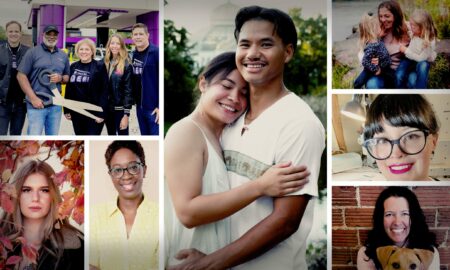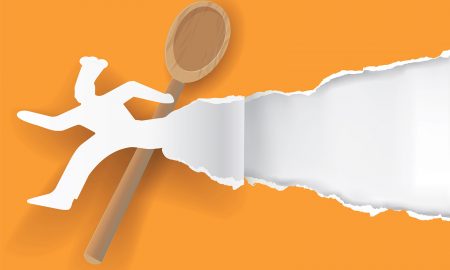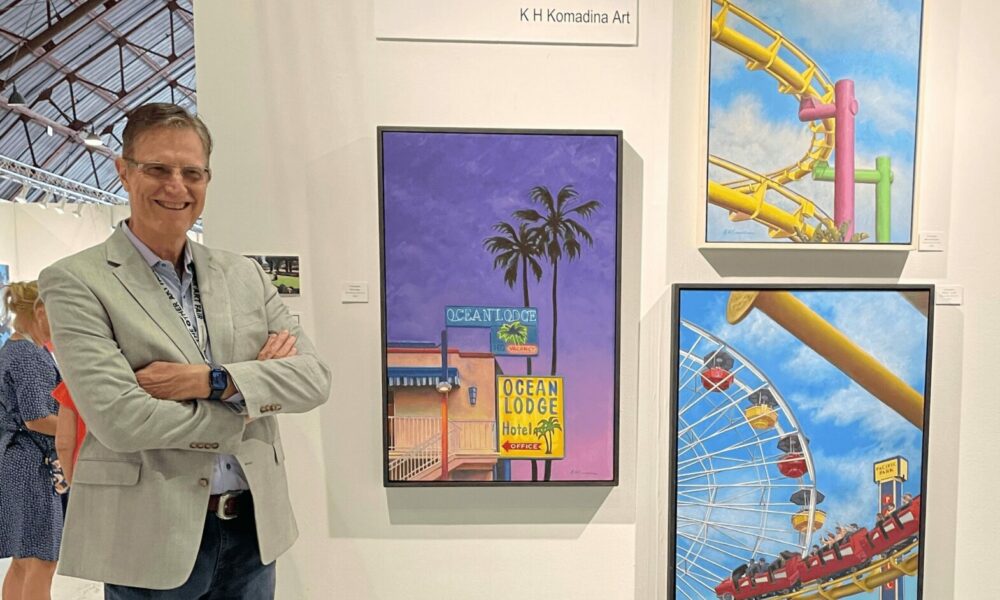

Today we’d like to introduce you to Kevin Komadina.
Hi Kevin, it’s an honor to have you on the platform. Thanks for sharing your story with us – to start, maybe you can share some of your backstory with our readers.
My journey to being a full-time artist for the past 10 years has been challenging. My interest in art began as a child with a “learn to draw” set of charcoals and pencils. Occasionally, I would draw or doodle in class during elementary school. Later in high school, other interests and priorities took over, and art took a vacation.
My interest in art returned during college. I began by doing charcoal portrait sketches of my friends from photos. The earliest of these were rough. Fortunately, few of these remain. In my 3rd year, I took a ceramics class and was immediately obsessed with clay. I was in the studio daily for the next two years, including a summer on campus. I considered changing my major from pre-med to art, but three more years of college seemed impractical and risky, so I opted for med school instead after graduation in 1978.
Medical school, residency, fellowship training, medical practice, marriage, and children- life- commanded my attention for the next two decades. 1996, I took a ceramics class at a local art center with my 9-year-old son. My love for clay was reignited. Over the next 18 years, I spent time making pottery, ceramic sculptures, and murals. I wanted to expand my knowledge, so in 2006, I enrolled in a graduate certificate program at Hood College directed by Joyce Michaud – whose collection of work is in the Smithsonian American Art Museum collection. This led to taking a 3-month sabbatical from work to complete my graduate project, “Namaste,” a sculpture garden that displayed 18 interpretive sculptures celebrating different global spiritual traditions.
My ceramic work continued until I had to transition to painting due to cancer, which was the biggest obstacle I’ve encountered to date and discussed in-depth in the next section. I’m grateful to the artist community because it instrumentalized my recovery and re-connection with humanity. This includes the gallery space I share with 4 other artists in Northeast Minneapolis, the Saatchi Art curators and The Other Art Fair Directors, and the Gallery representation with Artist Block Gallery in Dundee, OR, and Steidel Contemporary of Lake Worth Beach, FL. It’s been a meandering journey of twists and turns to be where I am today, and it would not have been possible without the support and friendship of so many in the art community.
We all face challenges, but looking back, would you describe it as a relatively smooth road?
I have been very fortunate most of my life. My biggest challenge was being diagnosed with cancer in 2012. I had been struggling with back pain that I attributed to an old injury for a year or so. When I finally had it checked out, it turned out to be a form of blood cancer called multiple myeloma. One day, you are healthy; the next day, you have cancer. Fortunately, the disease was not extensive and responded well to treatment, and I am in remission today. However, the treatment left me with profound fatigue, which impacted my ability to keep up with my medical practice and also my love for ceramics. Processing the loss of a career and a beloved avocation was difficult and created a transition point to painting in 2013.
Starting with abstract marks on canvas paper, taking classes and learning core painting concepts at a community art center, and then moving to open studio classes, I arrived at realism. Painting abstractly was a way to process my anger, grief, and simultaneous losses and was an area of expression without judgment. It provided respite and connections and the ability to process my new reality. The non-objective work ultimately gave way to realism, perhaps as a means of bringing order to the chaos in my life. Returning to portraits, a grey-scale painting with acrylic, my wife was the first object of study and returned to realism. From there, I moved on to more challenging subjects and images. In truth, although I was painting and actively creating, I still felt disconnected and was going through the motions of living until I had several experiences: the first was a class with Joe Paquet, an internationally known plein air painter; the second, a drawing of Raffaelle Monti’s Veiled Lady – 1860; and the third, the new community and friendships I developed as I had to reconstruct my identity.
Joe’s enthusiasm for teaching and his passion for Isaac Levitan’s art was inspirational. I found myself wishing I had the same level of passion and enthusiasm. Then, at a local art center, I saw a drawing of Rafaelle Monti’s Veiled Lady at an exhibition. This stone sculpture always excited me; particularly, its beauty and the craftsmanship required to create the illusion of lace covering a face out of stone fascinated me.
During this time, I became friends with Sue Howe, an atelier trained painter who has been both mentor and friend since 2018 and played an integral role in encouraging me to paint although I struggled with imposter syndrome – being new to oil painting and unsure if what I was doing deserved merit. Another artist friend, Alison Price, has been an incredible supporter of my work and provided guidance in navigating the art world. Because of these experiences and the support and encouragement of those mentioned, I became fully alive again – reawakening my enthusiasm for art and life. Art was instrumental in my recovery from cancer and re-entering humanity as a full-time artist.
As you know, we’re big fans of you and your work. For our readers who might not be as familiar with what you do, what can you tell them about what you do?
I am drawn to the colors, shapes, and textures of the world around us. My struggle to overcome health issues taught me the value of the present moment and the fragility of life. My paintings of life and objects past and present highlight our individuality, connectedness, and impermanence, as well as the beauty of the ordinary, encouraging us to be present in our surroundings. The interplay of shadow and light, large planes and angles, and movement remind us that there is always an alternative perspective to consider.
If we knew you growing up, how would we have described you?
Growing up, I never felt like I fit in until I met others and developed friendships in the art community. Some of those reasons might be from being adopted as an infant and losing the only mother I’d ever known to cancer at a young age to take the ‘safe route’ with my career in medicine. After my mother passed, my single father worked as a comptroller for a steel distributor. He spent many hours at work providing the bare necessities, so he hired an older woman to help around the house during the week to take care of my sister and me. I remember watching movies alone because everyone was so busy, and I was considered self-sufficient, so I was left alone. As a young adult, I worked different jobs during college as a delivery driver, bartender, and laborer in a warehouse. Afterward, I attended medical school and finished my residency and fellowship training with the U.S. Air Force. I stayed with the USAF Medical Corps for 10 years and decided to move on when I moved my family to Minnesota. Processing grief and loss for me, as a young child and now as an adult, is part of the human experience that connects us all and informs my desire to capture the beauty of the ordinary.
Contact Info:
- Website: https://www.khkart.com/
- Instagram: https://www.instagram.com/khkomadina_art/
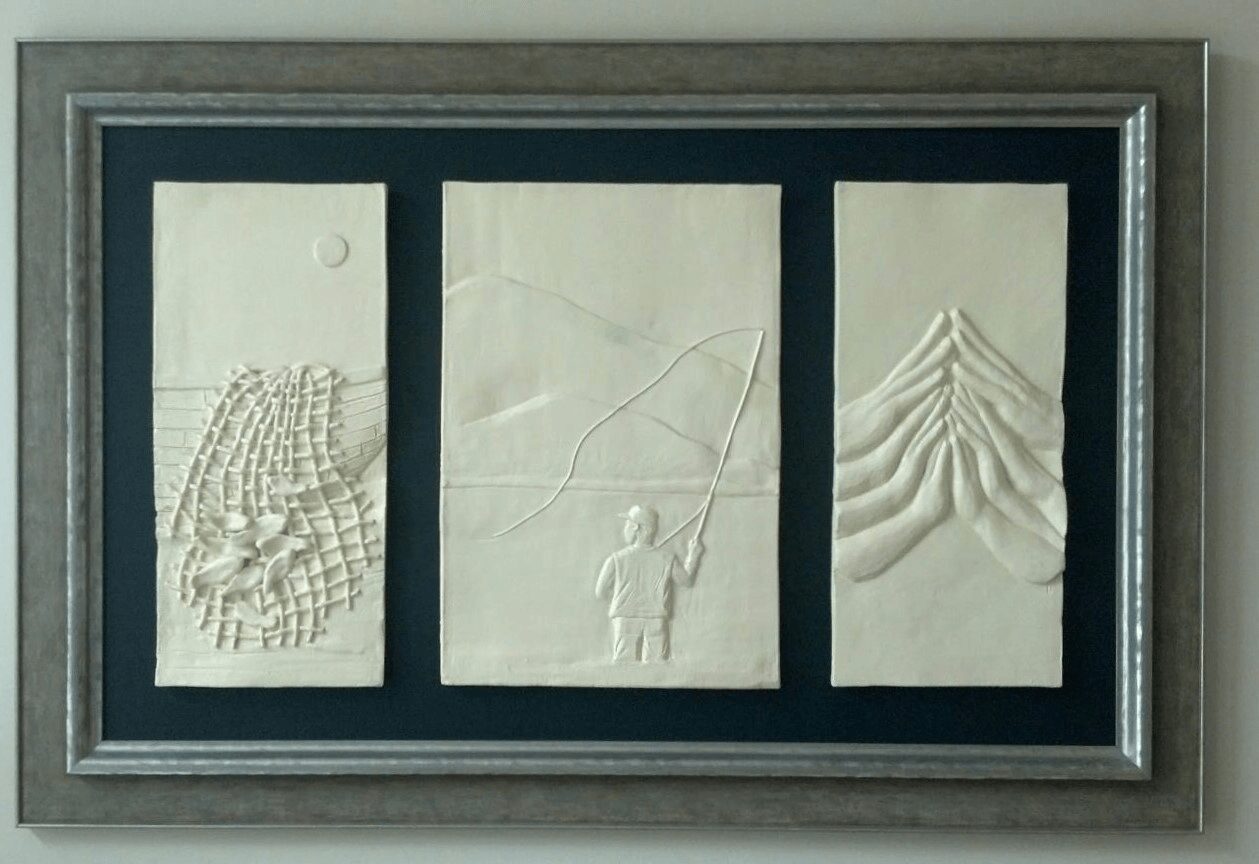
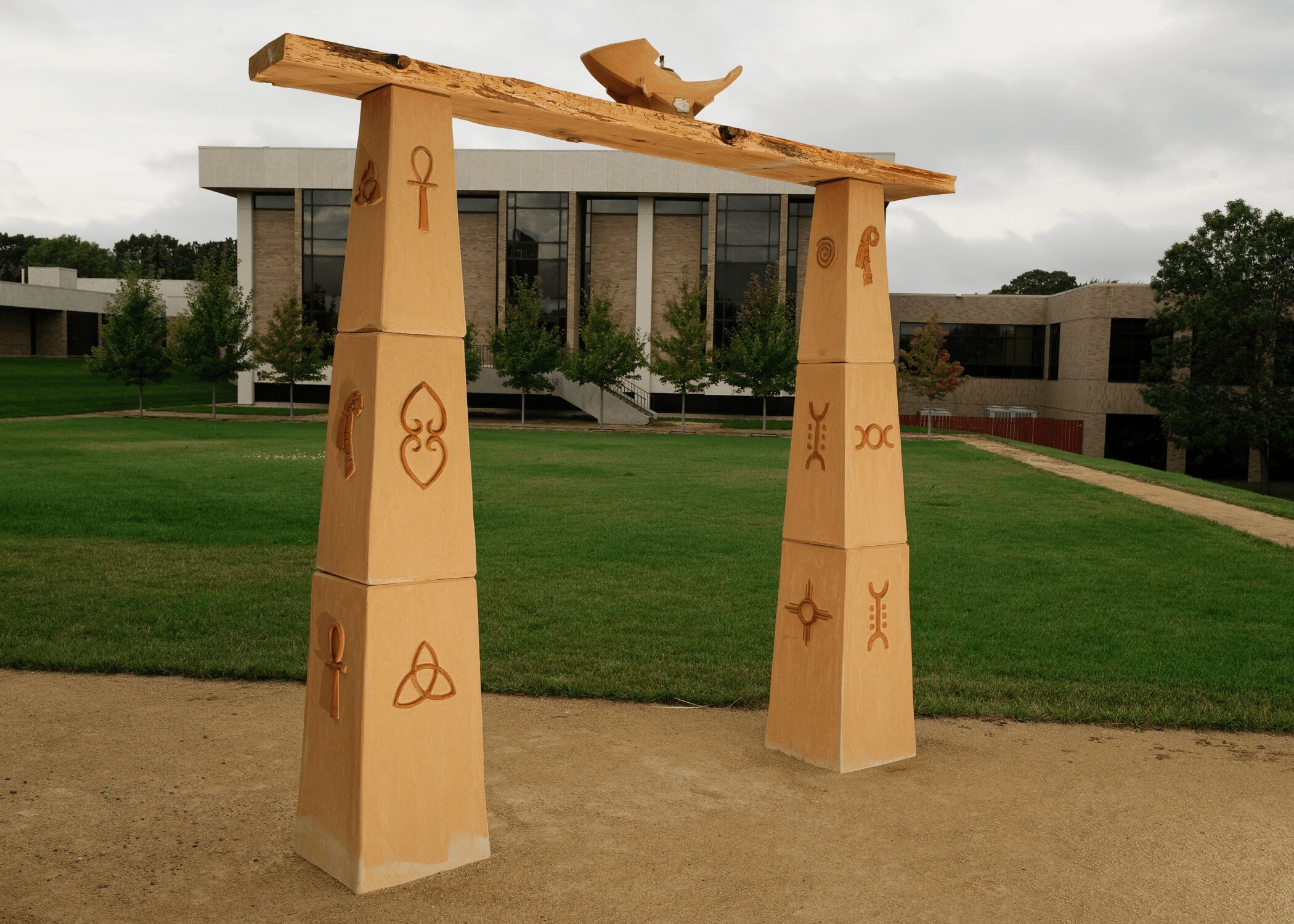
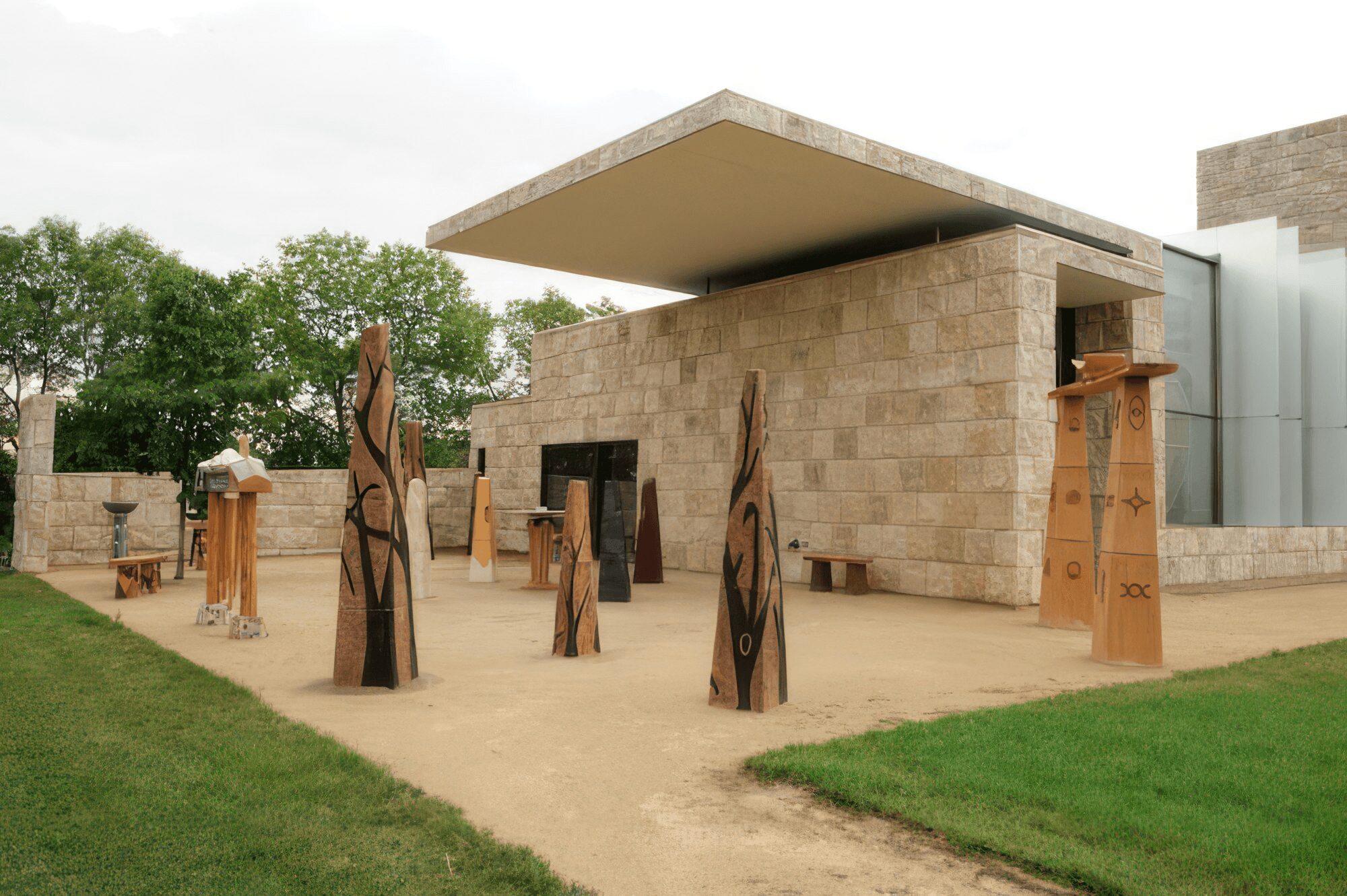
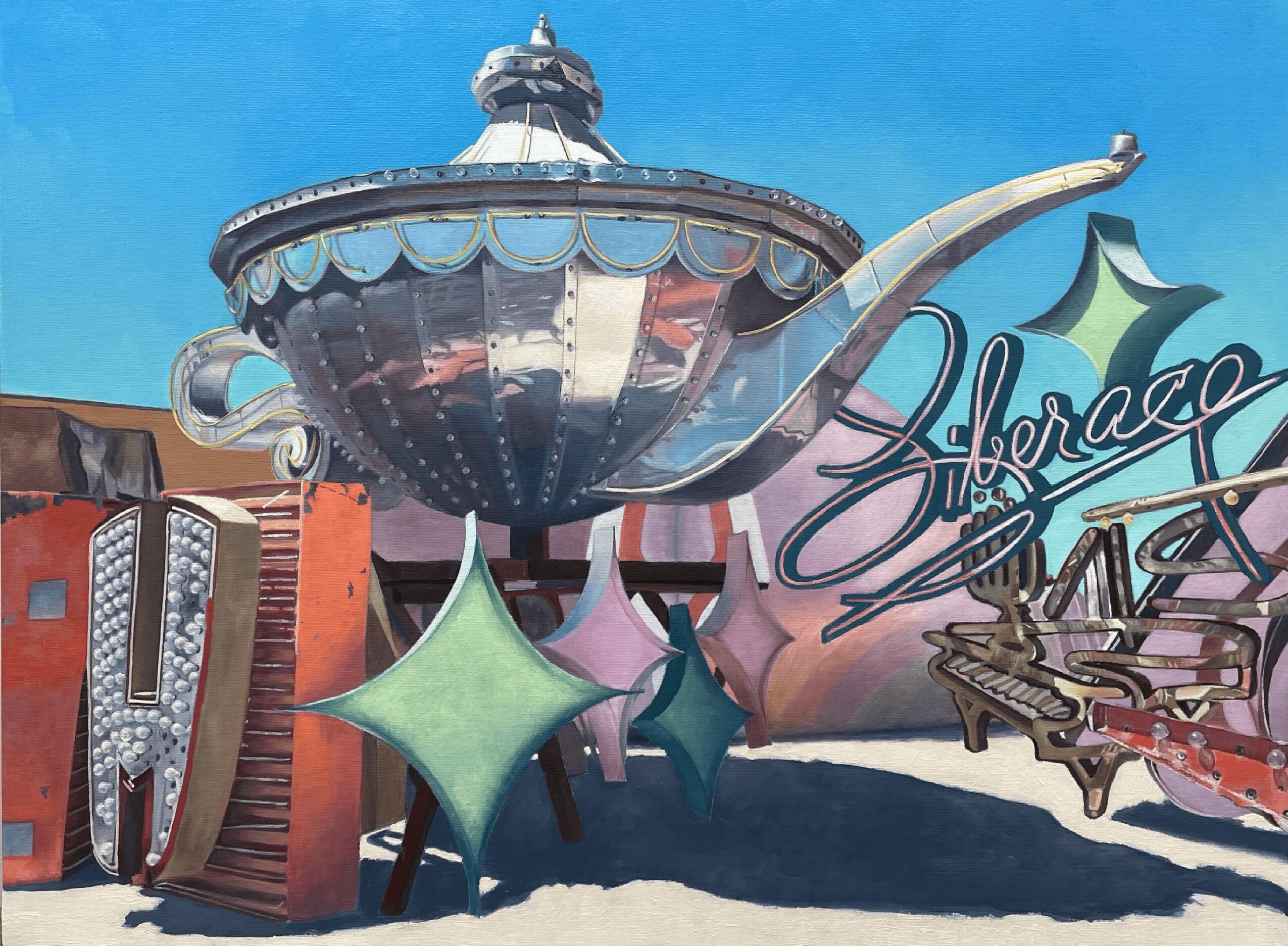
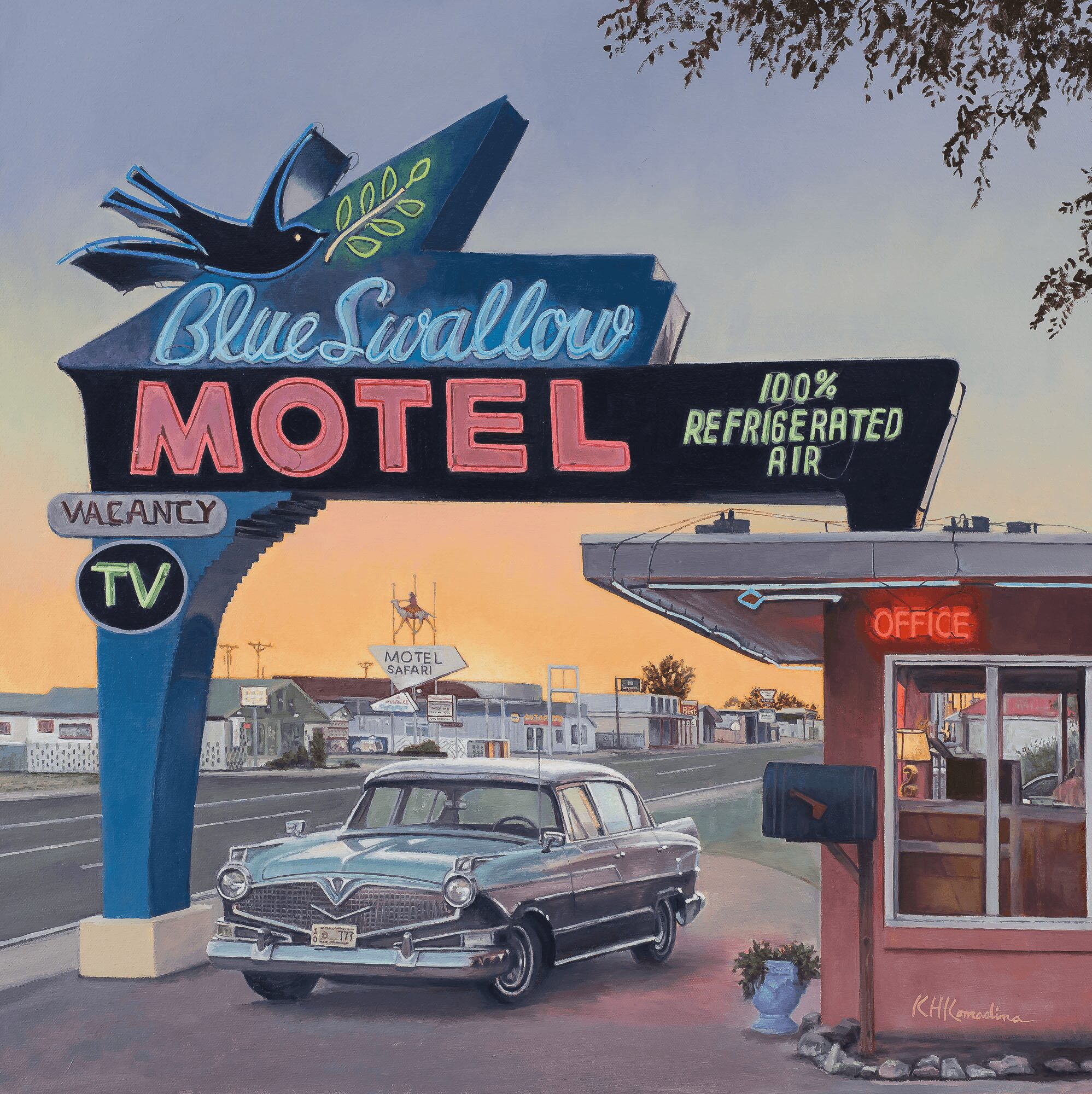
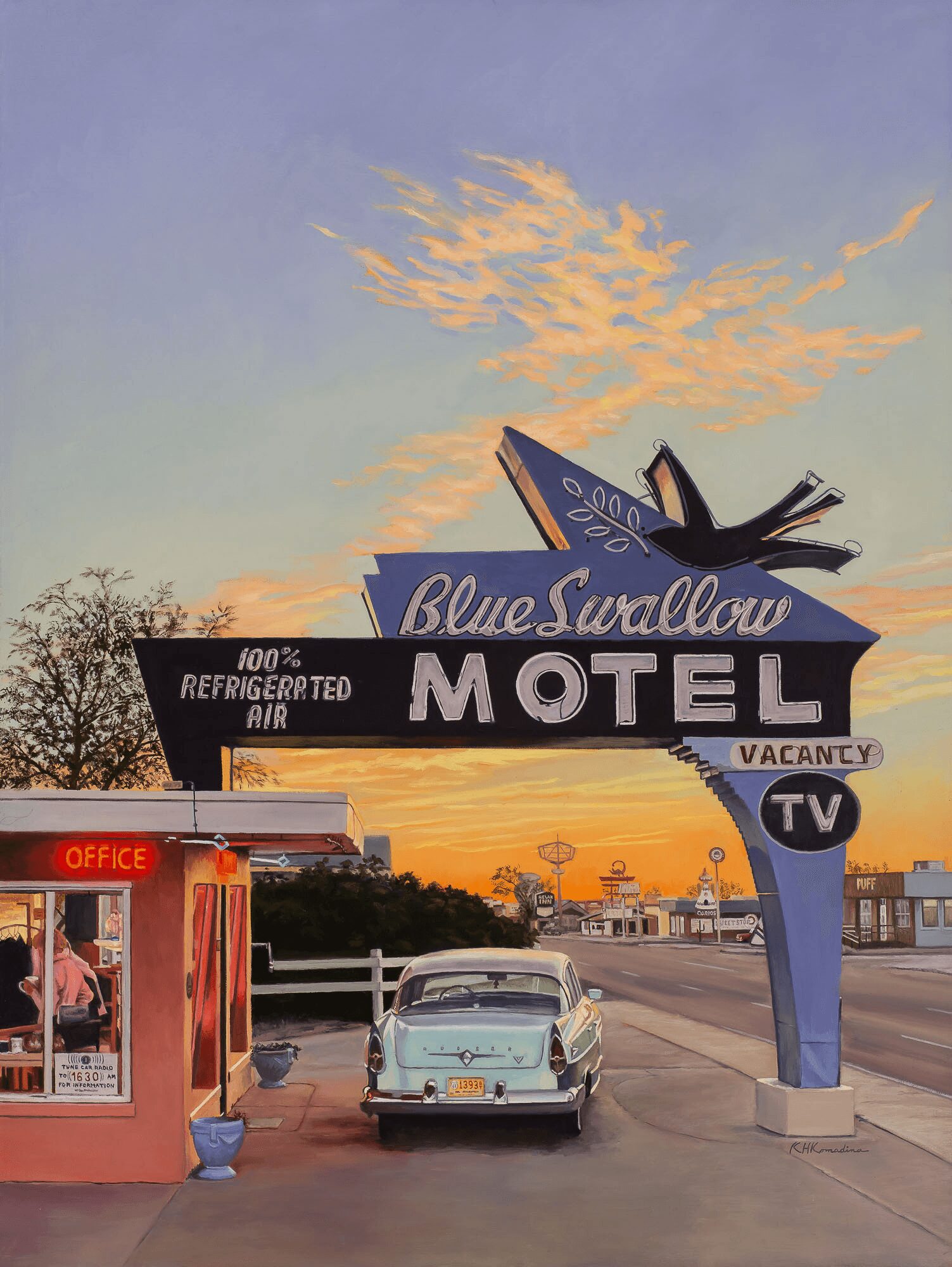
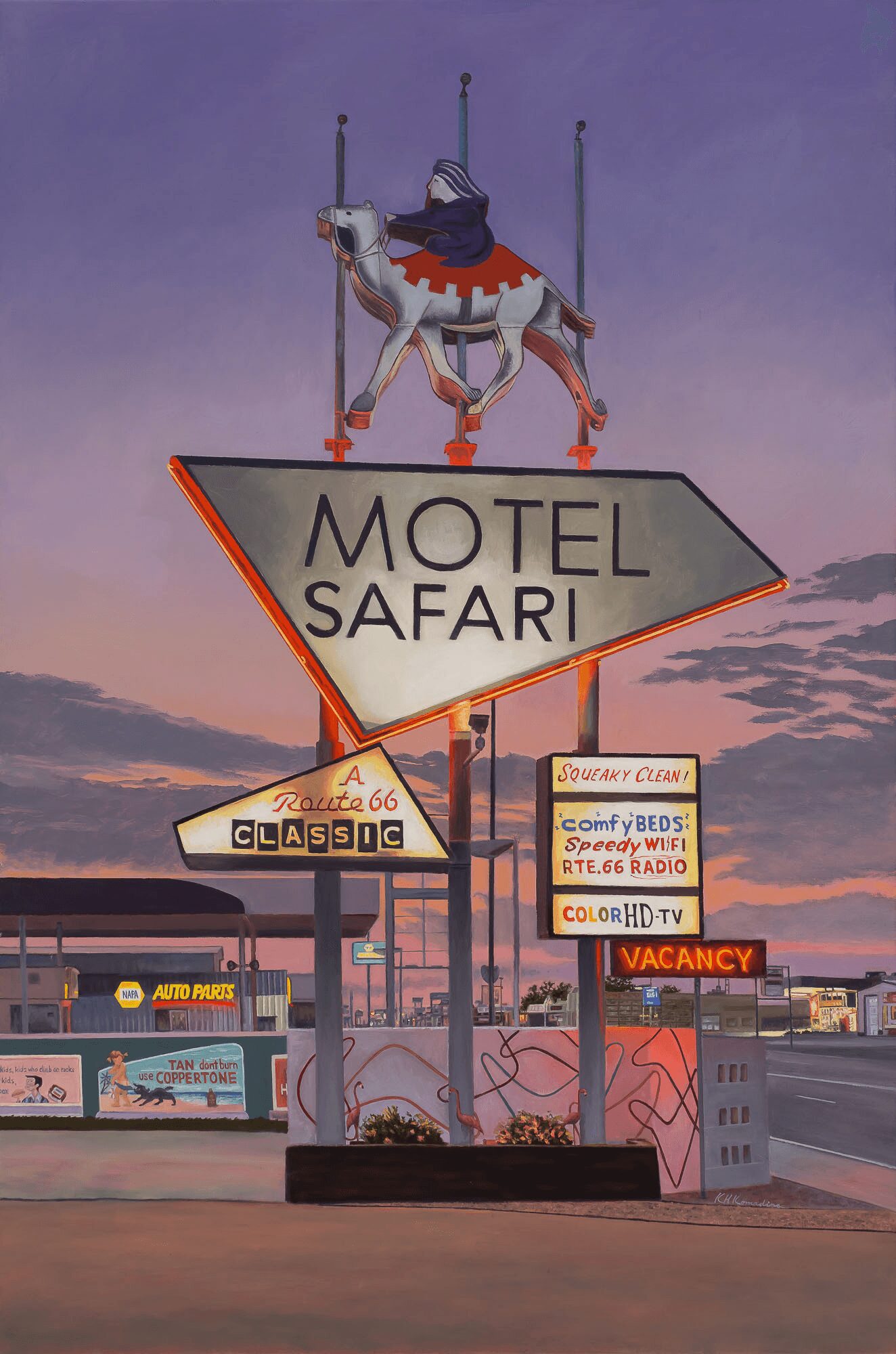
Image Credits
Paintings images by Mitch Rossow

